Neu 2024
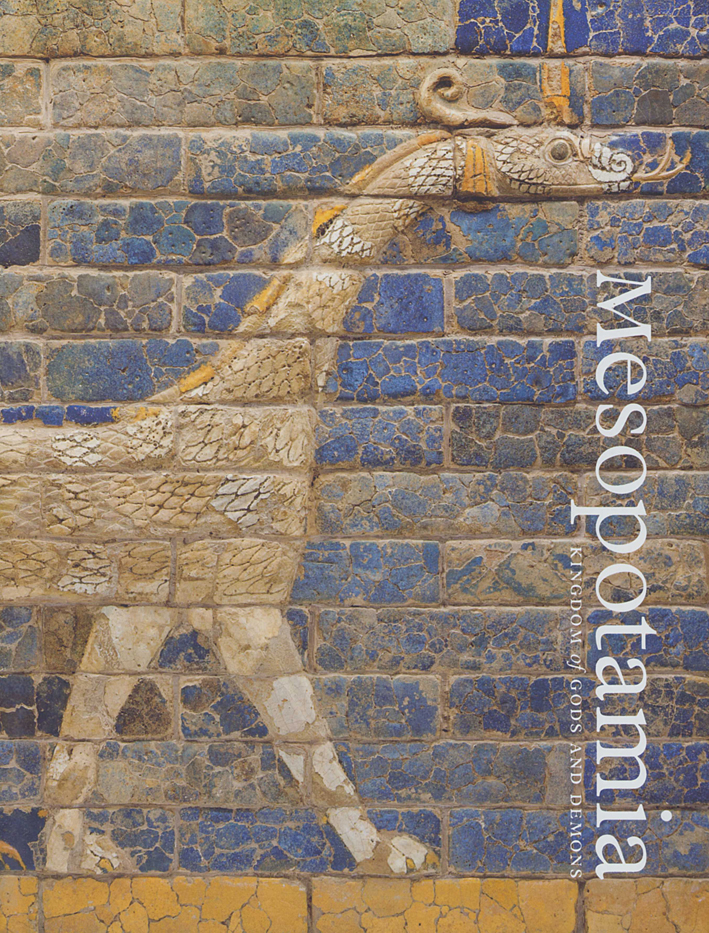
Zoltán Niederreiter (ed.), Mesopotamia. Kingdom of Gods and DemonsBudapest 2024ISBN 978-615-6595-33-1496 S./pp., zahlr. Farb- und S/W-Abb./num. colour and b/w-figs., 30 x 23,5 cm; kartoniert/hardcover The comprehensive and representative catalogue accompanies the exhibition „Mesopotamia. Kingdom of Gods and Demons“ at the Museum of Fine Arts, Budapest (4 October 2024 – 2 February 2025) and includes contributions from some of the most eminent Hungarian and international experts on the subject. The large-scale exhibition at the Museum of Fine Arts takes visitors to Mesopotamia in the first half of the first millennium BCE, where they can see magnificent reliefs from Assyrian palaces, such as the shining blue snake-dragon from the Ishtar Gate in Babylon and the glazed brick lions that adorned the procession route. The Mesopotamian world of gods and demons is brought to life through cylinder seals, statues and amulets made of minerals and rocks, but we also evoke the story of the flood from Mesopotamian mythology, the legendary figures of Nimrod and Ninus, and the Tower of Babel.The artefacts from Aššur, Babylon, Dūr-Šarrukīn and Kalḫu excavated in Mesopotamia come from major European collections, including the Vorderasiatisches Museum in Berlin, the Musée du Louvre and the Bibliothèque nationale de France in Paris, the Kunsthistoriches Museum in Vienna and the Ny Carlsberg Glyptotek in Copenhagen (in addition to the collection of the Museum of Fine Arts).
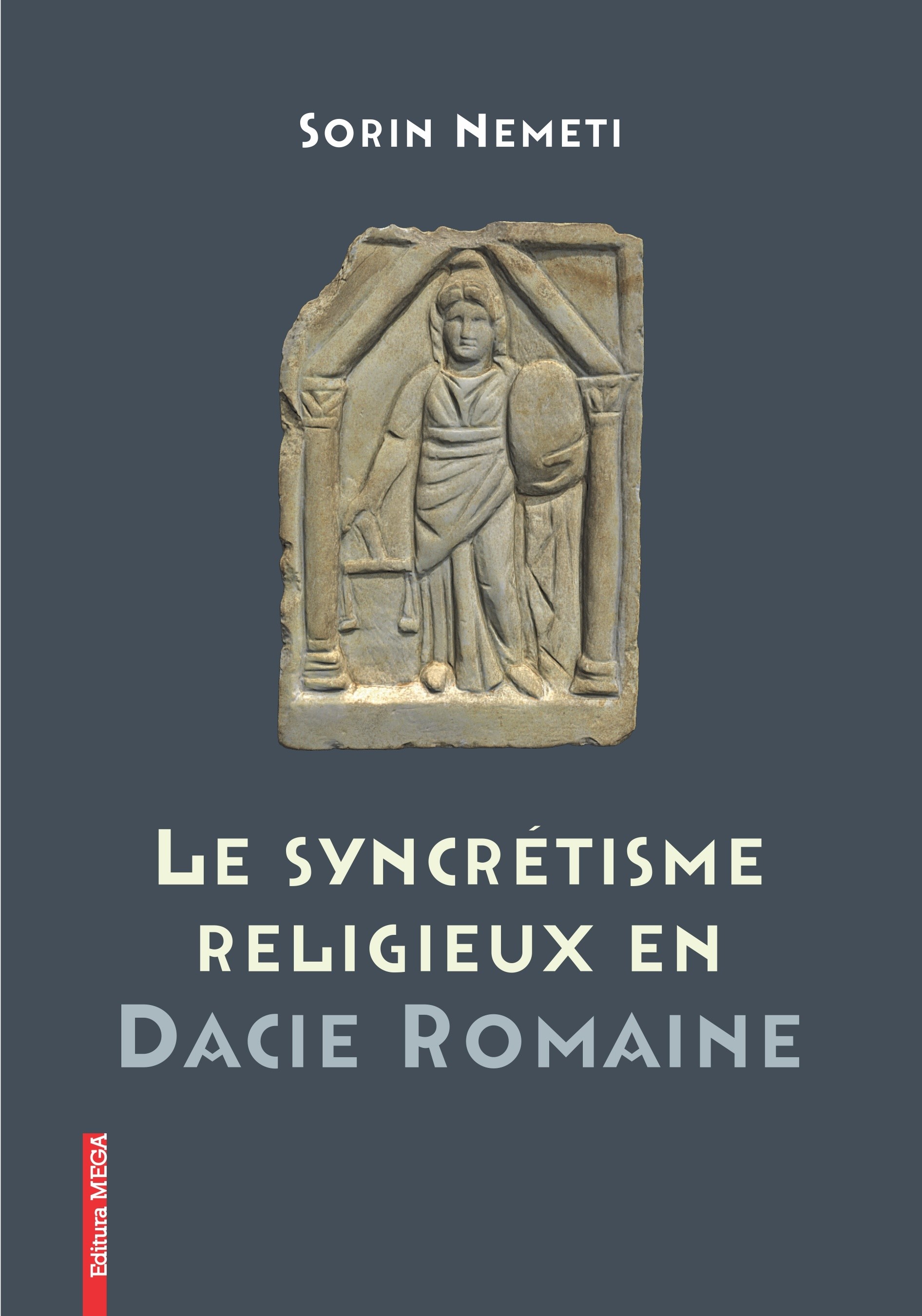
Sorin Nemeti, Le syncrétisme religieux en Dacie romaineCluj – Napoca 2019ISBN 978-606-020-112-0374 S./pp., Farb- und S/W-Abb./colour and b/w-figs., 23 x 16 cm; kartoniert/hardcover
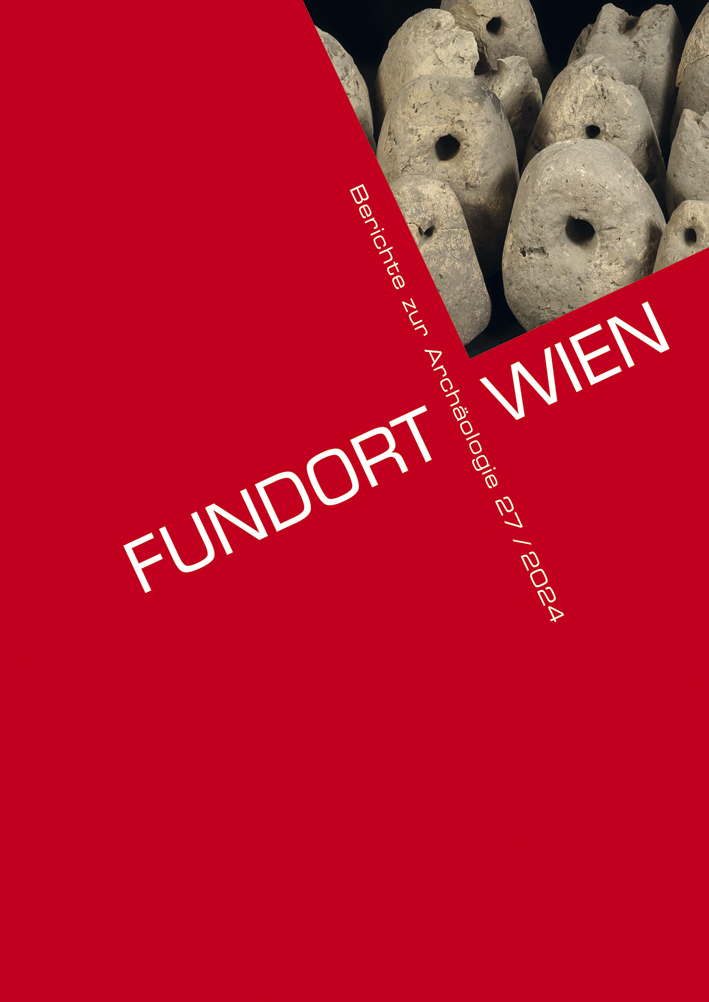
Fundort Wien. Berichte zur Archäologie 27/24Wien 2024ISBN 978-3-85161-316-2368 S./pp., zahlr. Farb-, S/W-Abb. und Pläne im Text, 29,7 x 21 cm; kartoniert/hardcover
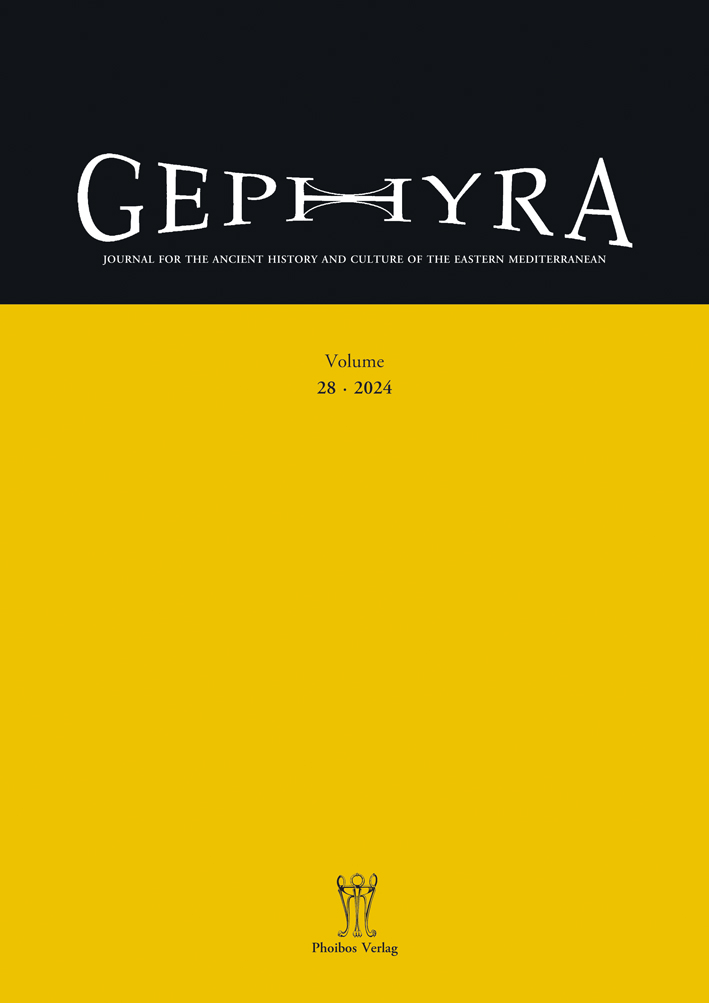
Gephyra 28, 2024Wien 2024ISBN 978-3-85161-318-6ISSN 1309-3924212 S./pp., zahlr. S/W-Abb./num. b/w-figs., 29,7 x 21 cm; broschiert/softcover
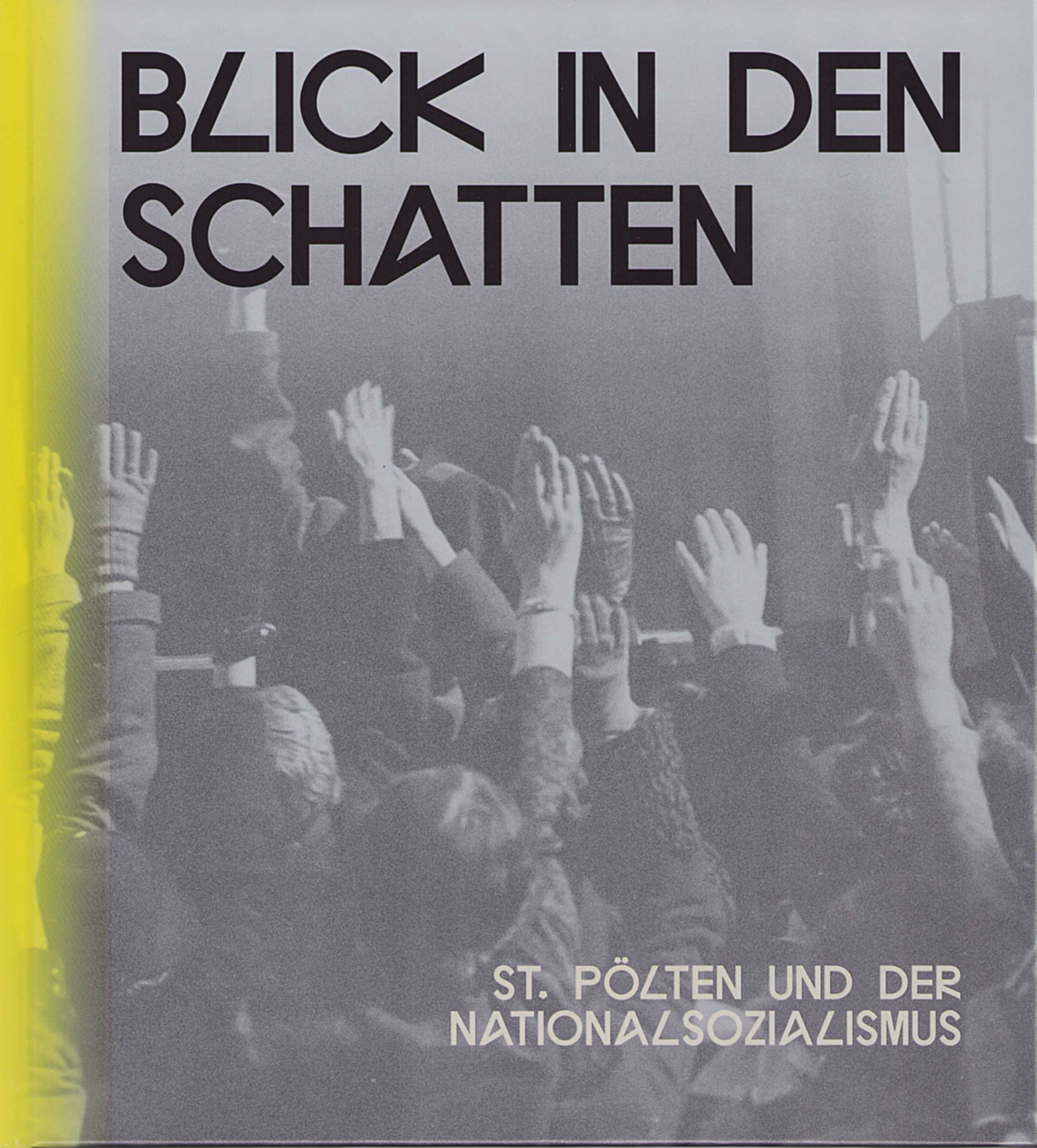
Blick in den Schatten. St. Pölten und der Nationalsozialismus St. Pölten 2024 ISBN 978-3-9505220-3-7 182 S. m. zahlr. Farb- und S/W-Abb., 22,8 x 21 cm; kartoniert
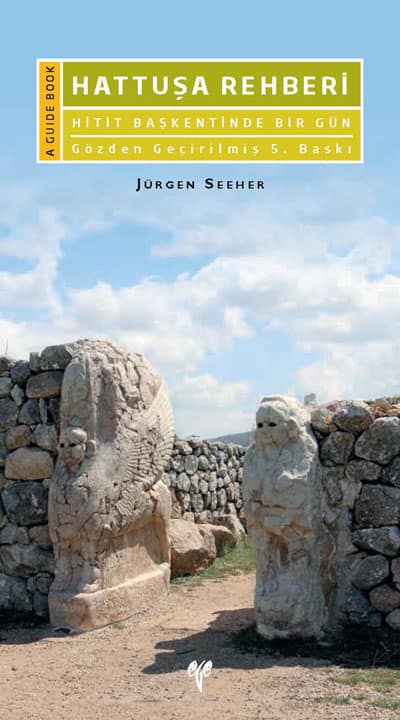
Jürgen Seeher,Hattuşa Rehberi - Arkeolojik Rehber. Hitit Başkentinde Bir Gün Gözden Geçirilmiş 5. Baskı Istanbul 2020ISBN 978-605-7673-43-5 (türkische Ausgabe!)208 S./pp., zahlr. Farb- und SW-Abb. im Text/num. colour and b/w-figs., 1 Faltplan/1 folding map, 21,5 x 12 cm; broschiert/softcover
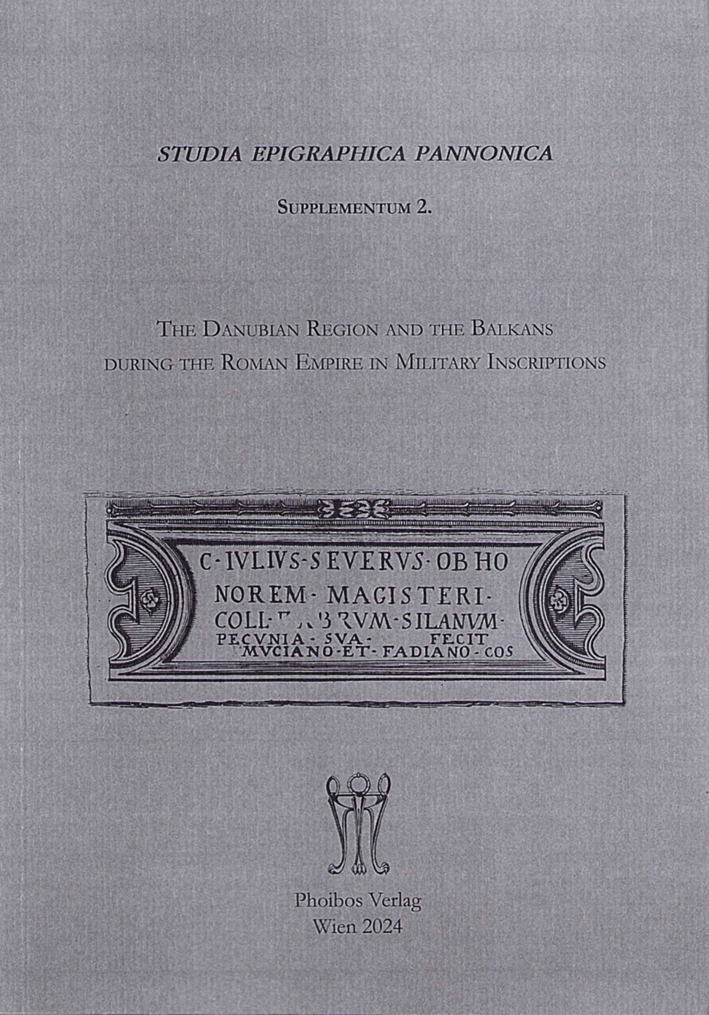
Péter Forisek – Péter Kovács – Ádám Szabó (Hrsg./eds.),The Danubian Region and the Balkans during the Roman Empire in Military Inscriptions (Studia Epigraphica Pannonica, Supplementum 2)Wien 2024ISBN 978-3-85161-314-8220 S./pp., zahlr. Farb- und S/W-Abb./num. colour and b/w-figs., 23,5 x 16,5 cm; broschiert/softcover
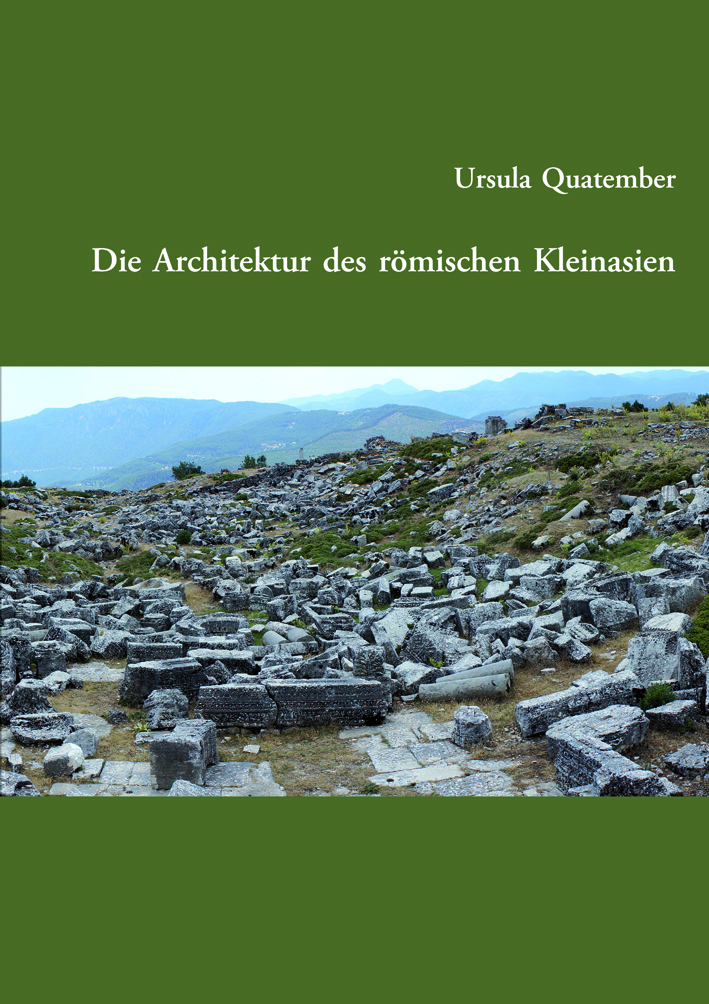
Ursula Quatember,Die Architektur des römischen Kleinasien(Veröffentlichungen des Instituts für Antike der Karl-Franzens-Universität Graz 19)Wien 2024ISBN 978-3-85161-312-4288 S./pp., 149 Taf. mit zahlreichen Farb- und S/W-Abb. / 149 pls. with num. colour and b/w-figs., 29,7 x 21 cm; kartoniert/hardcover
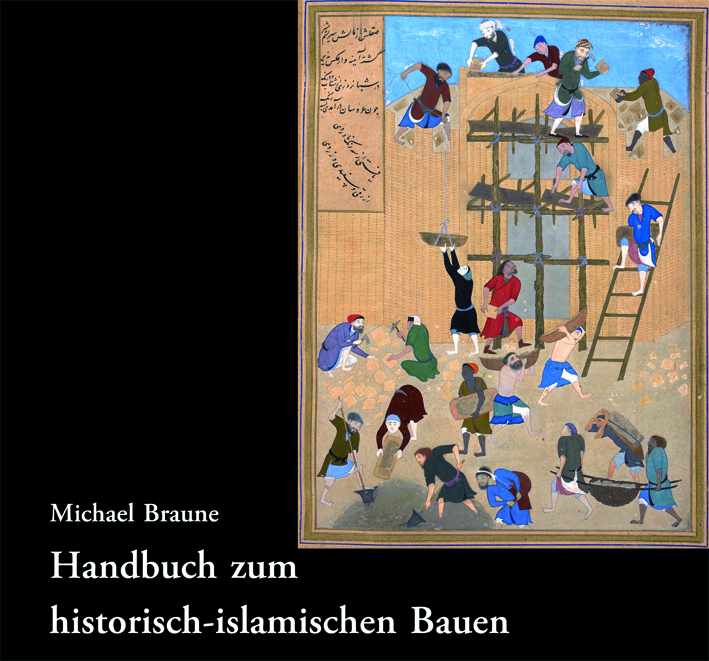
Michael Braune, Handbuch zum historisch-islamischen Bauen(Textrevision von Andrea Becker)Wien 2024ISBN 978-3-85161-315-5712 S./pp., zahlr. S/W-Abb./num. b/w-figs., 22,5 x 24 cm; kartoniert/hardcoverDas vorliegende Handbuch zum historisch-islamischen Bauen behandelt die Zeit von den Anfängen des Islam im 7. Jahrhundert bis zum Ende des Osmanischen Reiches im frühen 20. Jahrhundert. In mehr als 280, teils sehr ausführlichen Stichworten werden die typischen Bauformen in den klassisch islamischen Regionen erklärt, also bspw. die Moschee mit ihren Prinzipalstücken wie dem Mihrab, dem Minbar oder der Dikka, natürlich die Minarette, aber auch Madrasas, Krankenhäuser, Wohnbauten oder Trinkbrunnen, Befestigungen, Uhrentürme und Anlagen zur Wasserversorgung. Das Schwergewicht liegt jedoch auf der Baukonstruktion, z. B. der verschiedenen Kuppeln, der unterschiedlichen Gewölbe oder den zahlreichen Bogenformen, ebenso der Herstellung von Muqarnas oder Stuck. Auch die Baumaterialien spielen eine zentrale Rolle, wie die Fertigung von Mauerwerk aus Naturstein, Backstein, Lehm oder die Herstellung und der Gebrauch der Bindemittel Gips, Kalk und Bitumen, aber auch die Wiederverwendung von Baumaterial. Ebenfalls thematisiert sind der Materialtransport, die Bauhandwerker und ihre Werkzeuge sowie Bauvorschriften und Bauzeiten. 1.400 meist historische Photographien und Zeichnungen, wenn auch kleinformatig, illustrieren den Text.
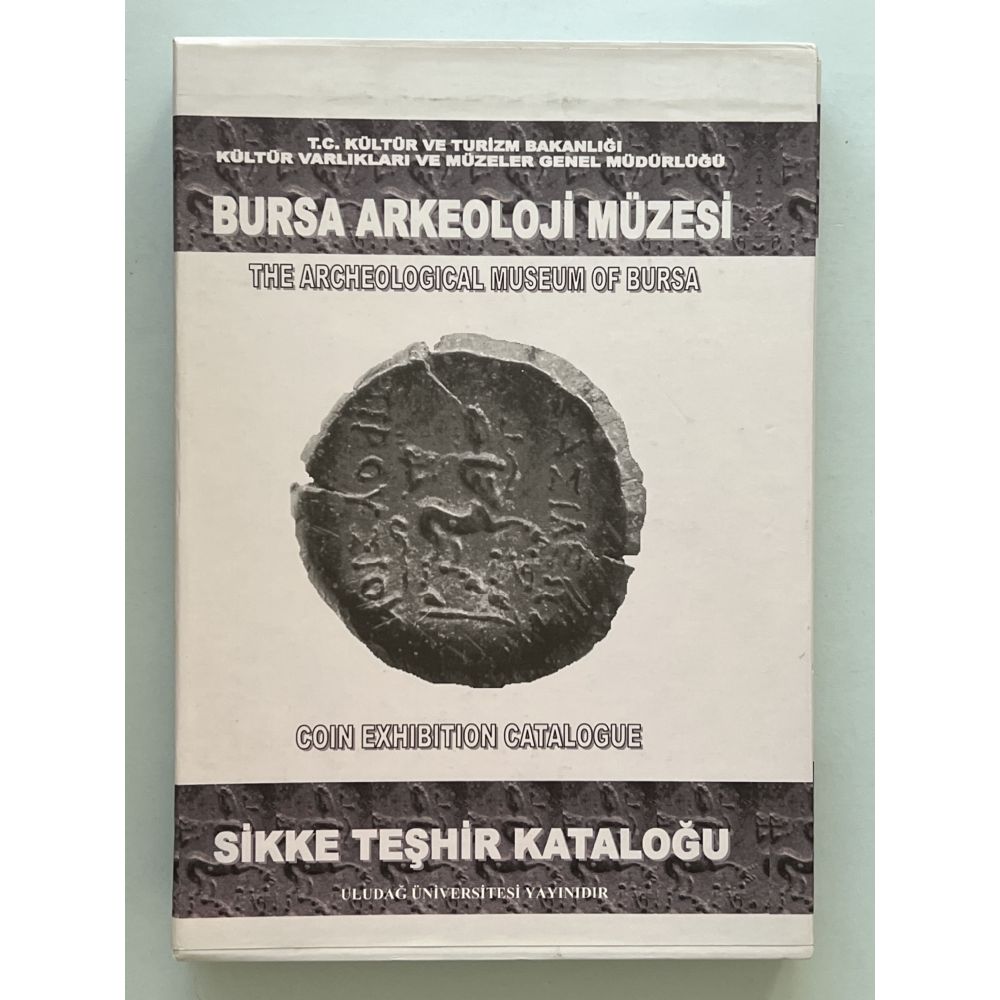
Recep Okçu, The Archaeological Museum of Bursa. Coin Exhibition Catalogue / Bursa Arkeoloji Müzesi. Sikke Teşhir KataloğuBursa 2005ISBN 978-975-6149-24-9XII + 210 S./pp., zahlr. Farbabb./num. colour figs, 26,5 x 18,5 cm; kartoniert mit Schutzumschlag / hardcover with dust jacket
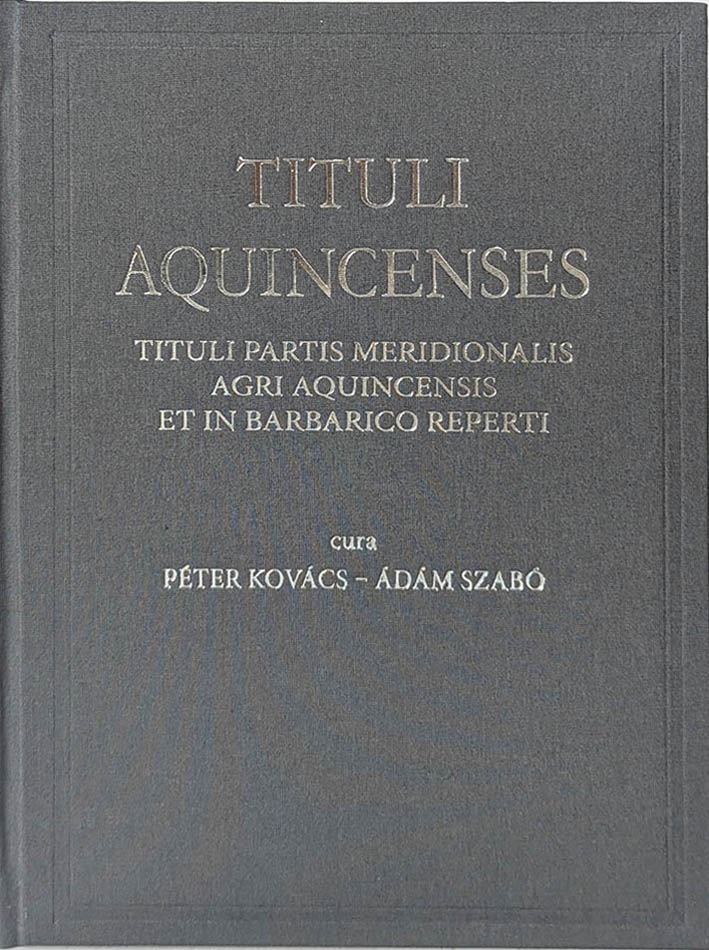
Péter Kovács – Ádám Szabó,Tituli Aquincenses VI. Tituli partis meridionalis Agri Aquincensis et in Barbarico repertiISBN 978-963-9746-75-6 (Reihe)ISBN 978-615-5741-70-8 (Band)Budapest 2023182 S./pp., zahlr. S/W-Abb., num. b/w-figs., 28,7 x 20 cm; kartoniert/hardcover
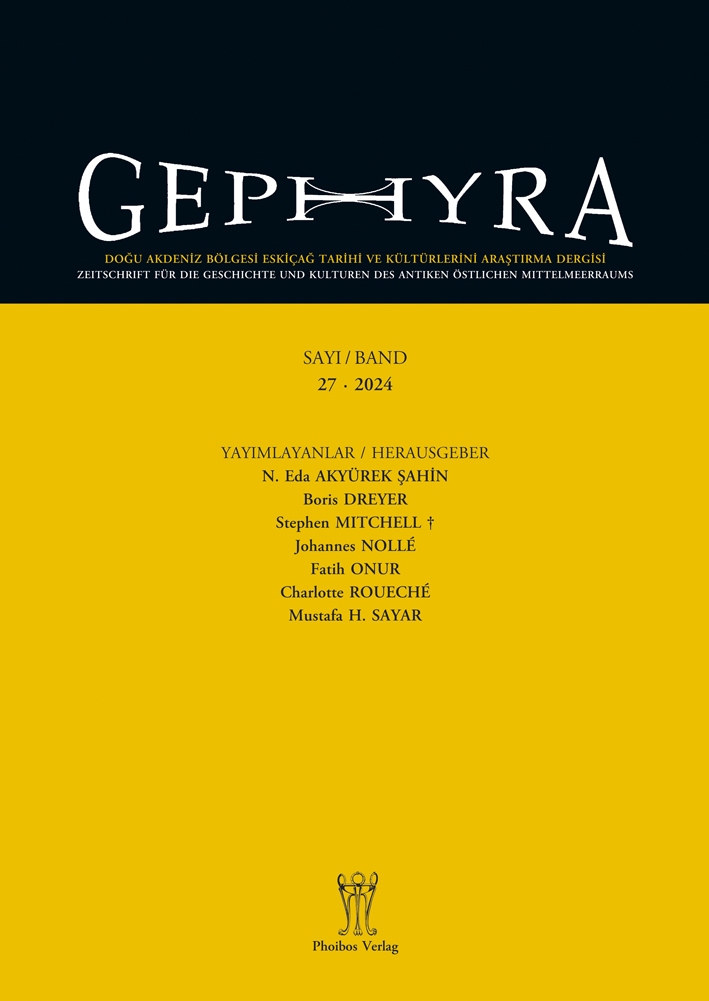
Gephyra 27, 2024Wien 2024ISBN 978-3-85161-311-7ISSN 1309-3924II + 220 S./pp., zahlr. S/W-Abb./num. b/w-figs., 29,7 x 21 cm; broschiert/softcover

Angelika Zdiarsky (Hrsg.),Göttlich und gegessen. Die ambivalente Beziehung von Mensch und Tier im Land am Nil(Nilus 28)Wien 2024ISBN 978-3-85161-310-0147 S./pp., zahlr. Farb- und S/W-Abb. / num. colour and b/w-figs., 24 x 17 cm; englisch Broschur / softcover Was wäre das alte Ägypten ohne die Darstellung von tiergestaltigen Gottheiten, Hieroglyphen oder Tiermumien? Stets standen Tiere in unterschiedlichen Rollen an der Seite des Menschen und prägten nachhaltig das Verständnis der Ägypter*innen für ihre Umwelt. Dabei wurden Tiere – damals wie heute – gejagt, gefürchtet, genutzt, domestiziert, geliebt, verehrt, als Ausdruck göttlicher Kraft gesehen oder waren als Opfertiere bzw. Votivgabe ein Bindeglied zwischen den Menschen und ihren Göttern. Doch auch in griechisch-römischer und spätantiker Zeit waren Tiere für die Menschen am Nil von zentraler Bedeutung. Die Sonderausstellung „Göttlich und gegessen. Die ambivalente Beziehung von Mensch und Tier im Land am Nil“ im Papyrusmuseum der Österreichischen Nationalbibliothek erzählt anhand von jahrhunderte- bis jahrtausendealten Dokumenten auf Papyrus, Papier und Pergament von göttlichen Wesen, gefürchteten Kreaturen und dem ganz alltäglichen Miteinander von Mensch und Tier.
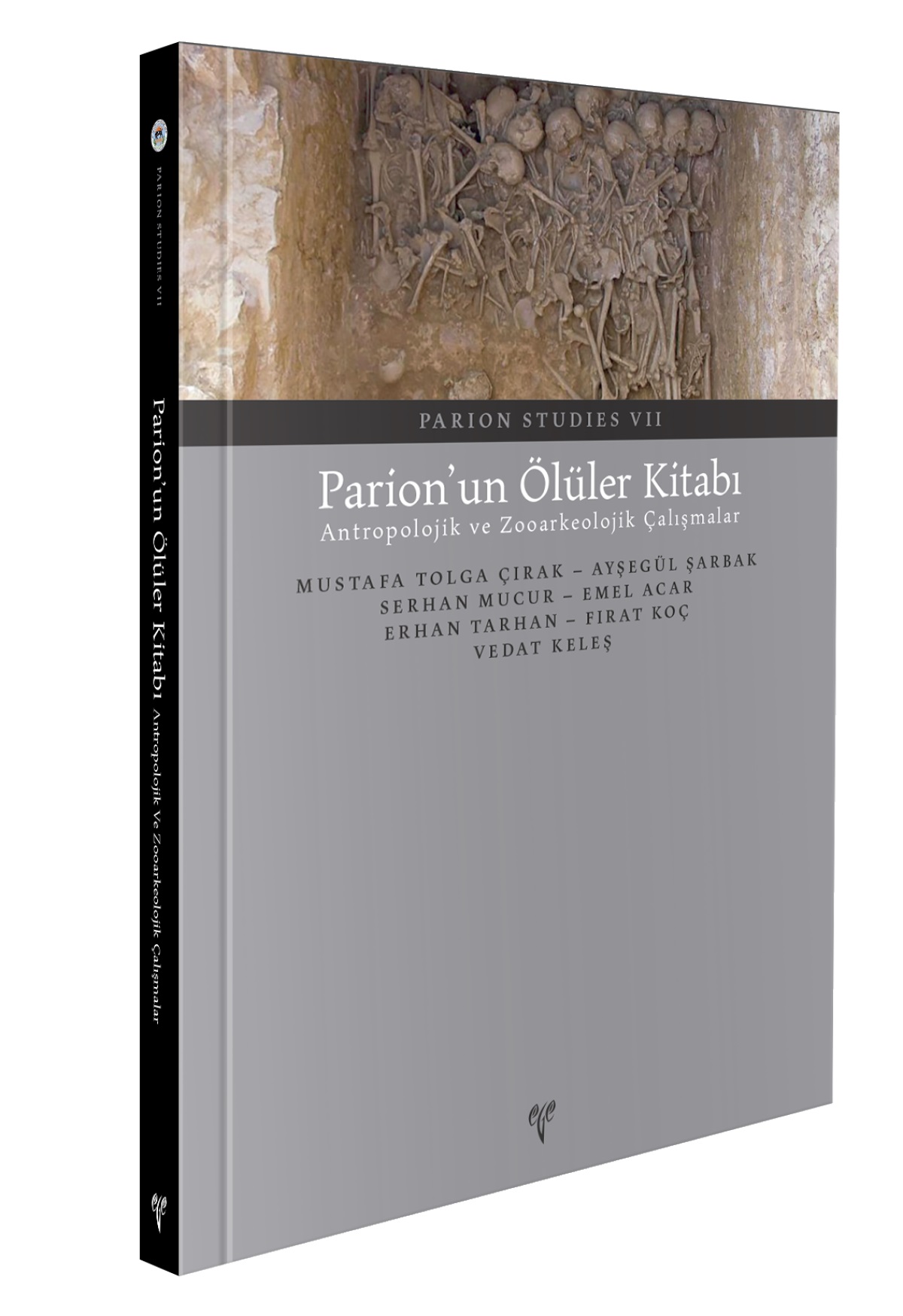
Mustafa Tolga Çırak – Ayşegül Şarbak,Parion’un Ölüler Kitabı. Antropolojik ve Zooarkeolojik Çalışmalar(Parion Studies VII)Istanbul 2023ISBN 978-625-8056-75-4 VIII + 174 S./pp., zahlr. Farb- und S/W-Abb./num. colour and b/w-figs., 29,7 x 21 cm; kartoniert/hardcover

Gabriela Vrtalová – Pavel Onderka,Atlas of Egyptian Mummies in the Czech Collections II: Non-Adult Human MummiesPrague 2022ISBN 978-80-7036-750-6104 S./pp., zahlr. Farbabb./num. colour figs., 28 x 21 cm; kartoniert/hardcover The present volume, second in the series of Atlas of Egyptian Mummies in the Czech Collections, is dedicated to mummies and funerary containers of non-adults aged 15 and younger. Two complete mummies, twelve isolated parts from ten individuals, and six funerary containers were introduced in a detailed catalogue, along with their respective provenances, and brief excursions into the health and disease of ancient Egyptian children, and their funerary treatment. The studied material came from the collections of two divisions of the National Museum in Prague, namely the Náprstek Museum of Asian, African and American Cultures, and the Natural History Museum. The mummies were examined using non-invasive methods, and the results were compared to those published in the past. Examination by non-invasive methods, especially computed tomography, brought to light several findings including one possible case of traumatic death, and one possible case of rickets.
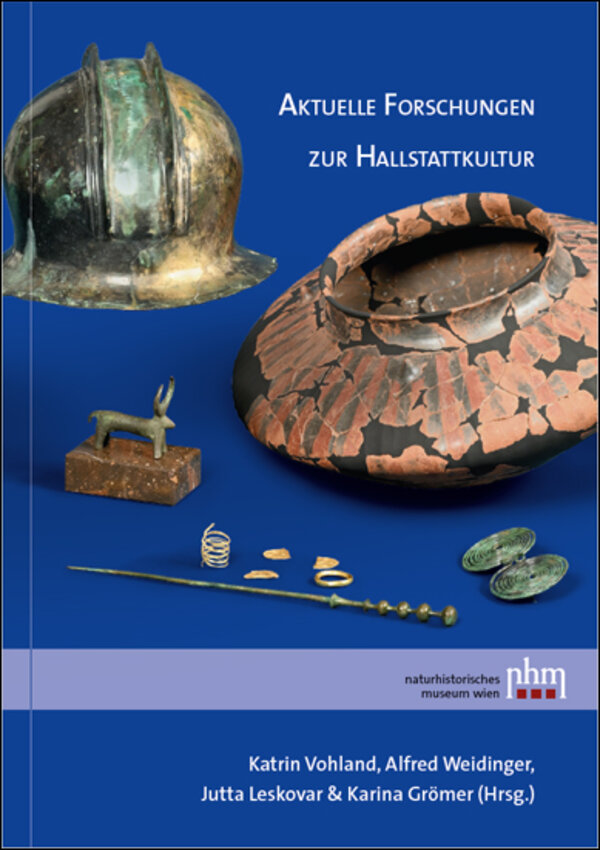
Katrin Vohland – Alfred Weidinger – Jutta Leskovar – Karina Grömer (Hrsg.), Aktuelle Forschungen zur Hallstattkultur Wien 2024ISBN 978-3-903096-73-896 S./pp., zahlr. Farbabb./num. colour figs., 27 x 19 cm; broschiert/softcover Die Einzigartigkeit der Hallstattkultur, eine der bedeutendsten prähistorischen Kulturen Europas, bildet einen Kern der österreichischen und europäischen Identität. Die Erkenntnisse und Fortschritte, die seit den ersten Funden bis zur Gegenwart gemacht wurden, sind von grundlegender Bedeutung für unser Verständnis der frühen europäischen Geschichte. Es ist daher wesentlich, diese Erkenntnisse zusammenzuführen, um sowohl die historische als auch die aktuelle Bedeutung der Hallstattkultur zu reflektieren und darüber hinaus zu diskutieren, was wir für die Zukunft dieser Forschung erwarten können.
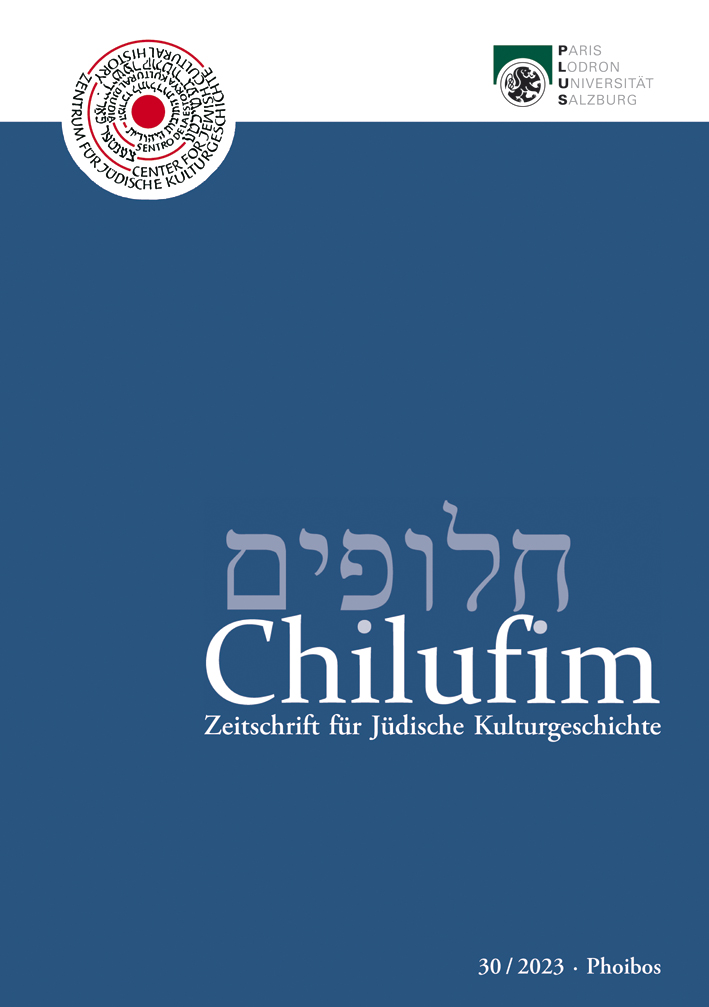
Chilufim. Zeitschrift für Jüdische Kulturgeschichteherausgegeben vom Zentrum für Jüdische Kulturgeschichte der Universität SalzburgBand 30, 2023 (2024)ISSN 1817-9223ISBN 978-3-85161-308-7IV + 92 S./pp., 21 x 14,8 cm; broschiert/paperbackAuch als E-Book erhältlich
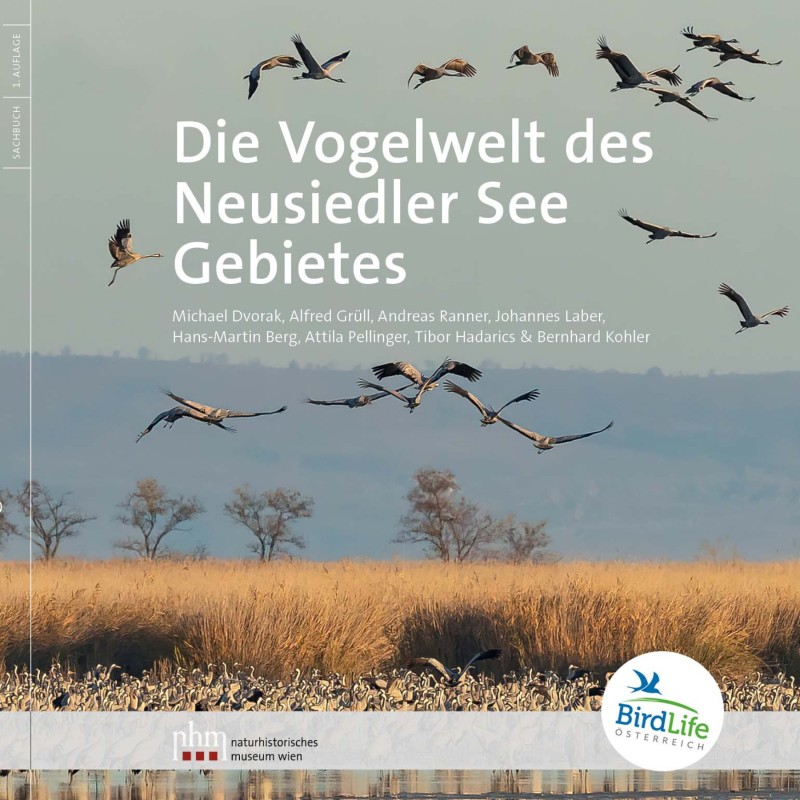
Michael Dvorak – Alfred Grüll – Andreas Ranner – Johannes Laber – Hans-Martin Berg – Attila Pellinger – Tibor Hadarics – Bernhard Kohler,Die Vogelwelt des Neusiedler See-GebietesWien 2023ISBN 978-3-903096-65-3624 S./pp., zahlr. Farbabb./num. colour figs., 32 x 24 cm; kartoniert/hardcover „Die Vogelwelt des Neusiedler See Gebietes“ zeigt alle 371 Vogelarten, die im Gebiet des Nationalparkes nachgewiesen sind: In enger Zusammenarbeit zwischen ungarischen und österreichischen Vogelkundlern wurde das Gebiet viele Jahre lang kartiert. Das Ergebnis ist eine umfangreiche und ausführliche Bestandsaufnahme der Fauna des Neusiedler See-Gebietes. Die nachgewiesenen Arten werden mit einem Foto und der wichtigsten Kurzinformation vorgestellt. Zusätzlich finden sich Angaben zum Lebensraum, der Verbreitung sowie zum historischen Bestand und der Bestandsentwicklung. Übersichtliche Verbreitungskarten sowie Diagramme zum jahreszeitlichen Auftreten weit verbreiteter Arten runden die Portraits ab.

Basema Hamarneh – Davide Bianchi (eds.),Architecture as Sacred Space. Shaping the Holy in Late Antiquity and ByzantiumWien 2024ISBN 978-3-85161-306-3164 S./pp., zahlr. Farb- und S/W-Abb./num colour and b/w-figs., 29,7 x 21 cm; kartoniert/hardcover Die Publikation versammelt Studien zur Analyse der nicht wahrnehmbaren und doch sehr offensichtlichen Grenze zwischen der Materialität einer architektonischen Konstruktion und dem Sakralen. Die Beiträge versuchen anhand von Beispielen aus der Welt der Spätantike folgende Fragen zu diskutieren: Wie verhalten sich Architektur und sakraler Raum zueinander? Wie sollten sie betrachtet werden? Wie trugen Ritual, Erinnerung und gebaute Umwelt zur kulturellen Ausformulierung heiliger Räume und ihrer Wahrnehmung bei? Und was erklärt die anhaltende Anziehungskraft heiliger Räume?Die einzelnen Kapitel befassen sich mit den architektonischen Gegebenheiten in Orten und Gebieten von Bordeaux bis Rom, von Hierapolis bis Konstantinopel und von Shivta bis Aksum.

Andrea Krapf – Andreas Kroh – Julia Landsiedl (Hrsg.), NHM erforschenWien 2024ISBN 978-3-903096-36-388 S./pp., zahlr. Farbabb./num. colour figs., 21 x 21 cm; broschiert/softcover Ein Eckpfeiler unseres Museums ist die Forschung. Triebfeder für das Erforschen ist Neugierde – Wissenschaftlerinnen und Wissenschaftler haben sich diese bis in ihr Erwachsenenalter bewahrt, Kindern ist sie hingegen in die Wiege gelegt. Das neue Buch lädt Junge und Junggebliebene ein, die Ausstellungen des NHM neu zu entdecken. Dafür haben Kinder aus verschiedenen Schulen 20 Stücke aus unseren Top-100-Objekten ausgewählt, die in der neuen Broschüre vorgestellt werden. Zu jedem Stück findet man spannende Details und interessante Informationen, die wir gemeinsam mit unseren Forschern und Forscherinnen zusammengestellt haben. Dreizehn davon können sogar als interaktive 3D-Modelle in unserem 3D-Museum betrachtet werden – dafür muss nur der jeweilige QR-Code im Buch mit einem Smartphone eingescannt werden.
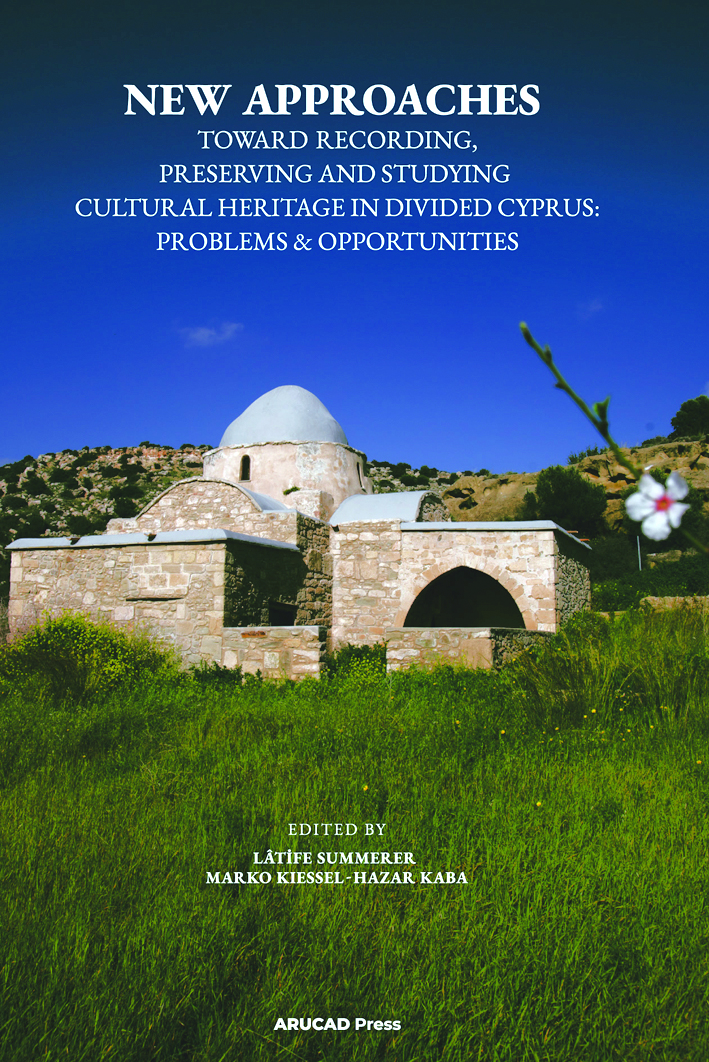
Lâtife Summerer – Marko Kiessel – Hazar Kaya (Hrsg./eds.),New Approaches Toward Recording, Preserving and Studying Cultural Heritage in Divided Cyprus: Problems & OpportunitiesKyrenia 2023 ISBN 978-605-70810-3-2 534 S./pp., zahlr. Farb- und S/W-Abb./num. colour and b/w-figs., 23,5 x 16 cm; kartoniert/hardcover
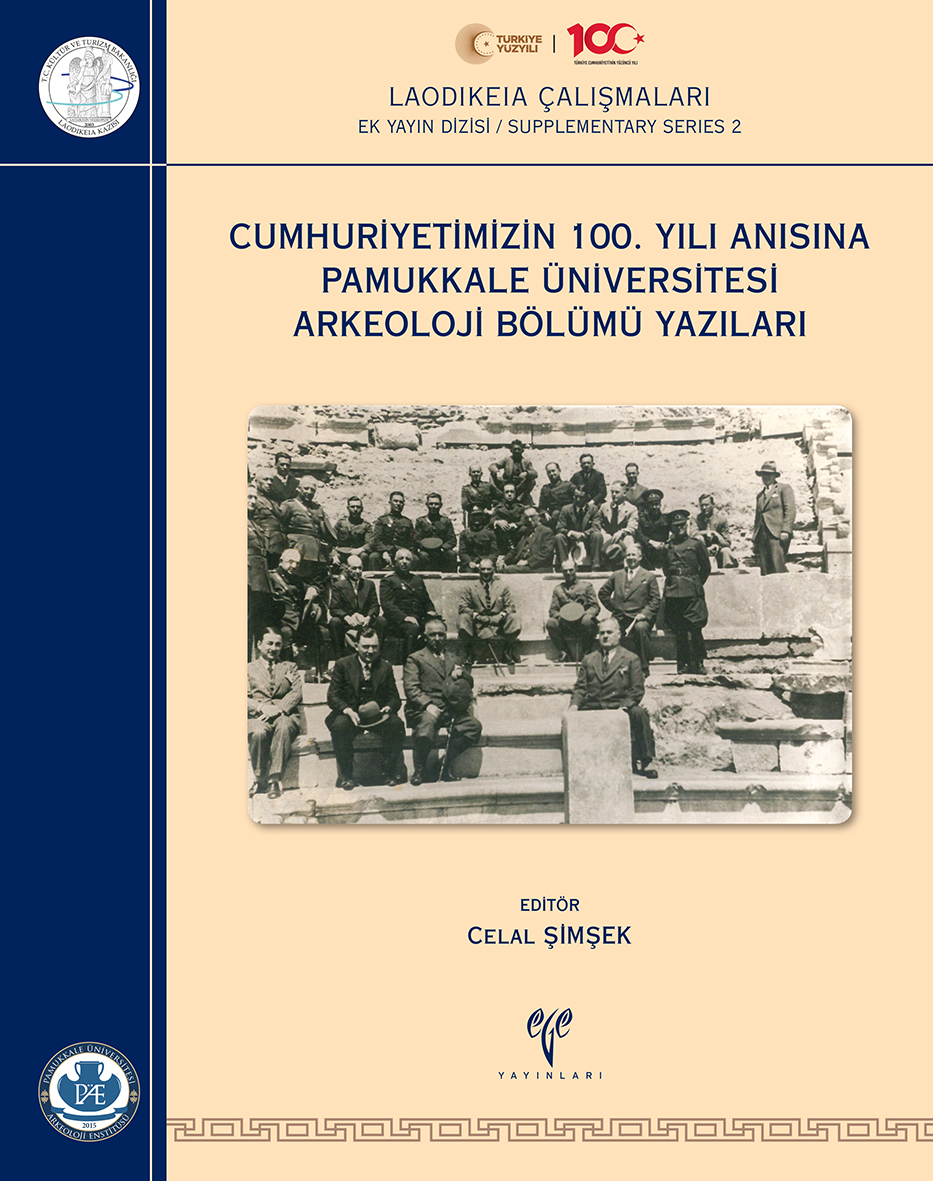
Celal Şimşek,Cumhuriyetimizin 100. Yılı Anısına Pamukkale Üniversitesi Arkeoloji Bölümü Yazıları(Laodikeia Çalışmaları – Ek Yayın Dizisi / Supplementary Series 2)Istanbul 2023ISBN 978-625-8056-73-0 XII + 255 S./pp., zahlr. Farbabb./num. colour figs., 30,5 x 23,5 cm; kartoniert/hardcover Önsöz Celal Şimşek Laodikeia’dan Değirmen Taşları / Millstones from Laodikeia Celal Şimşek – M. Ayşem Sezgin Laodikeia Septimius Severus Nymphaeumu’ndan Athena Heykeli Statue of Athena from the Septimius Severus Nymphaeum of Laodikeia Bahadır Duman Tripolis’teki (Denizli-Buldan) Askeri Tahkimatın Kronolojisi Chronology of Military Fortifications in Tripolis (Denizli-Buldan) Ali Ozan Batı ve Güneybatı Anadolu’da Neolitik Dönem: Yerleşik Yaşamın ve Çiftçiliğin Başlangıcı / Neolithic period in western and southwestern Anatolia: the beginning of settled life and farming Aydın Cura Geçmişten Günümüze Anadolu’da Sapan / Sling in Anatolia from Past to Present Elif Özer – Gülnur Bayram Aizanoi Antik Kenti Thymiaterionları The Thymiateria of Aizanoi Ancient City Nihal Durnagölü – Bilal Söğüt Muğla Müzesi’nden Klasik Dönem’e Ait Bir Grup Figürin / A Group of Classical Period Figurines from the Muğla Museum Koray Alper Anadolu’da Sualtı Arkeolojisinin Dünü ve Bugünü / Past and Present of Underwater Archaeology in Anatolia Tunç Sezgin – Coşkun Daşbacak – Murat Aydaş Stratonikeia’dan Antik Döneme Ait İki Mimari Ölçü Cetveli: Pekhys (Πῆχυς) / Two Architectural Measuring Rulers from Stratonikeia from the Ancient Period: Pekhys (Πῆχυς) Esengül Akıncı Öztürk Aias’taki Kendini Beğenmişlik ve Tanrıça Athena’nın Gazabı / Hubris in Ajax and the Wrath of the Goddess Athena Fahriye Bayram Hahuli Manastır Kilisesi: “İskender’in Göksel Seyahati” / The Hahuli Monastery Church: “Alexander’s Celestial Journey” Murat Taşkıran – Yiğit Kılıç Sillyon Territoryumuna Bir Bakış / An overwiew to the Sillyon Territory

Tse Tse (C. C.), Frosch-Brüche / Froh-Sprüche ein Sammelsurium ausgewählter Zitate, Slogans, Parolen, Ratschläge, Chuck-Norris-Witze nebst anderer merkwürdiger Vorstellungen (Katalog zur gleichnamigen Ausstellung im „das Wallenstein“, Februar und März 2024) Wien 2024ISBN 978-3-85161-305-6184 S., 29,7 x 21 cm; broschiert/softcover
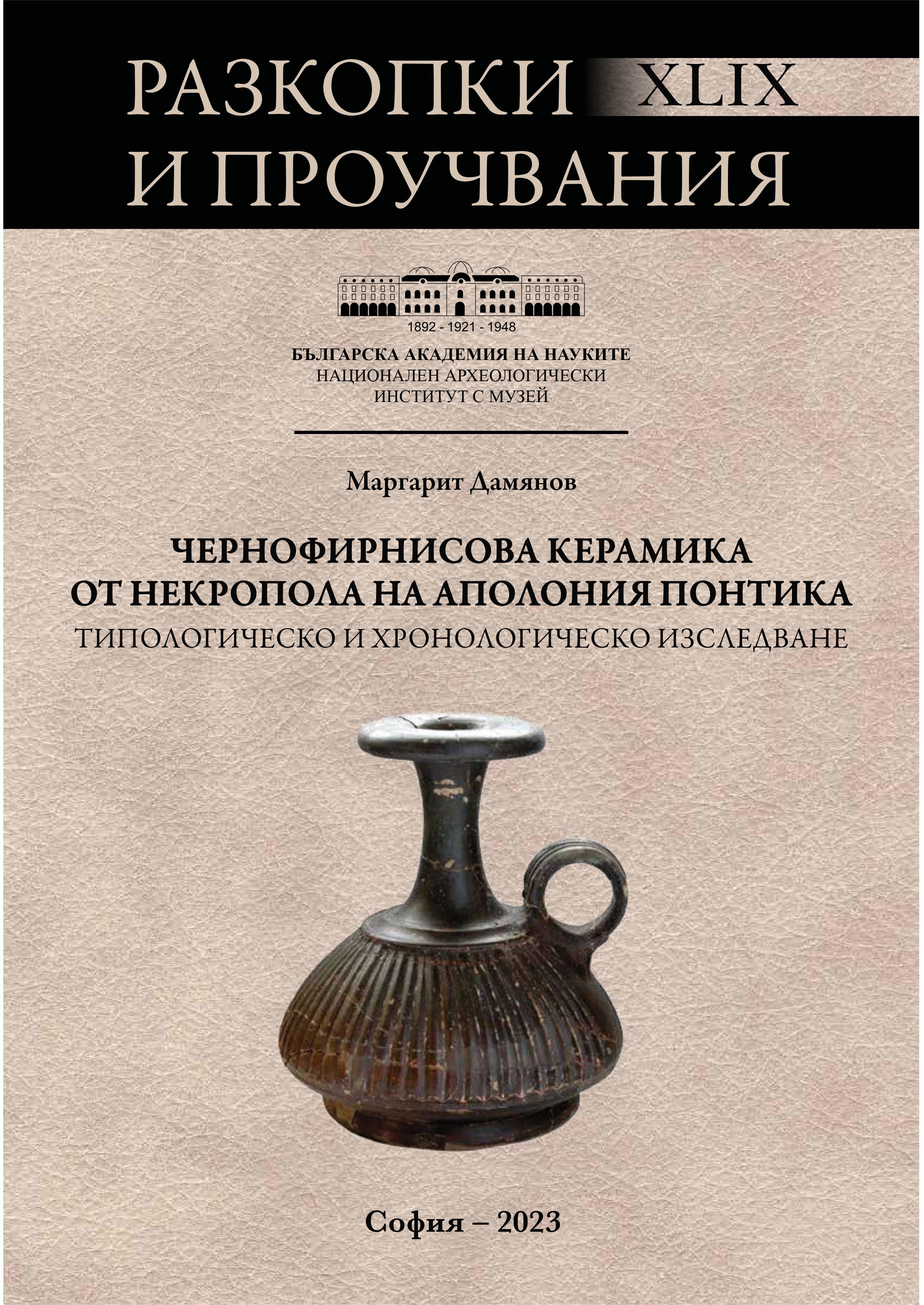
Margarit Damianov, Black-glaze pottery from the necropolis of Apollonia Pontica: Typological and chronological study /Чернофирнисова керамика от некропола на Аполония понтика: Типологическо и хронологическо изследване(Excavations and Research / Разкопки и проучвания, vol. 49)Sofia 2023ISBN 978-619-245-376-3296 S./pp., Farbabb./colour-figs., 28,5 x 20 cm; kartoniert/hardcoverbulgarisch mit ausführlicher Zusammenfassung in englischbulgarian with extended summary in english The present study is dedicated to some of the finds from a type of archaeological structures that are specific to the Classical and Hellenistic necropolis of Apollonia: the so-called "ritual fireplaces". These are remains of rituals carried out in the necropolis and related to food consumption or offerings and libations for the dead. Ritual fireplaces are usually discovered between the graves, most often next to stone walls and other structures delimiting burials or groups of burials. The repertoire of finds from the ritual fireplaces comprises mainly pottery: mostly black-glaze and plain vases, rarely painted (red-figure) ones. The shapes are mainly for serving food. Less represented are terracotta figurines, metal items, funerary wreaths, etc. It should be emphasized that the scope of the present study is modest: it analyzes only 45 out of hundreds of ritual fireplaces investigated in the necropolis of Apollonia in the last three decades. The analysis of several dozen fireplaces aims to partially fill a gap in the existing literature dealing with black-glaze pottery from the Bulgarian Black Sea coast.The monography comprises an introduction and three main chapters: Chapter I. Black-glaze pottery from the ritual fireplaces in the necropolis of Apollonia: Types and chronology, Chapter II. Catalogue of the black-glaze pottery with a commentary on the context (some 400 vases from investigations in Kalfata, Budzhaka, and Mesarite localities), and Chapter III. Other pottery. The conclusion discusses specific and the general problems of the pottery in the fireplaces, problems of chronology, and an attempt to bind archaeological evidence with historical processes.
